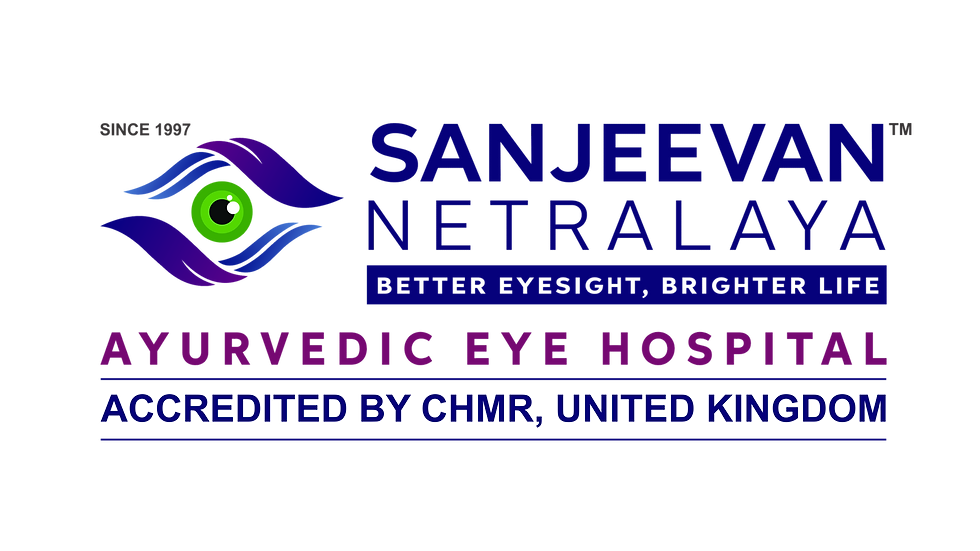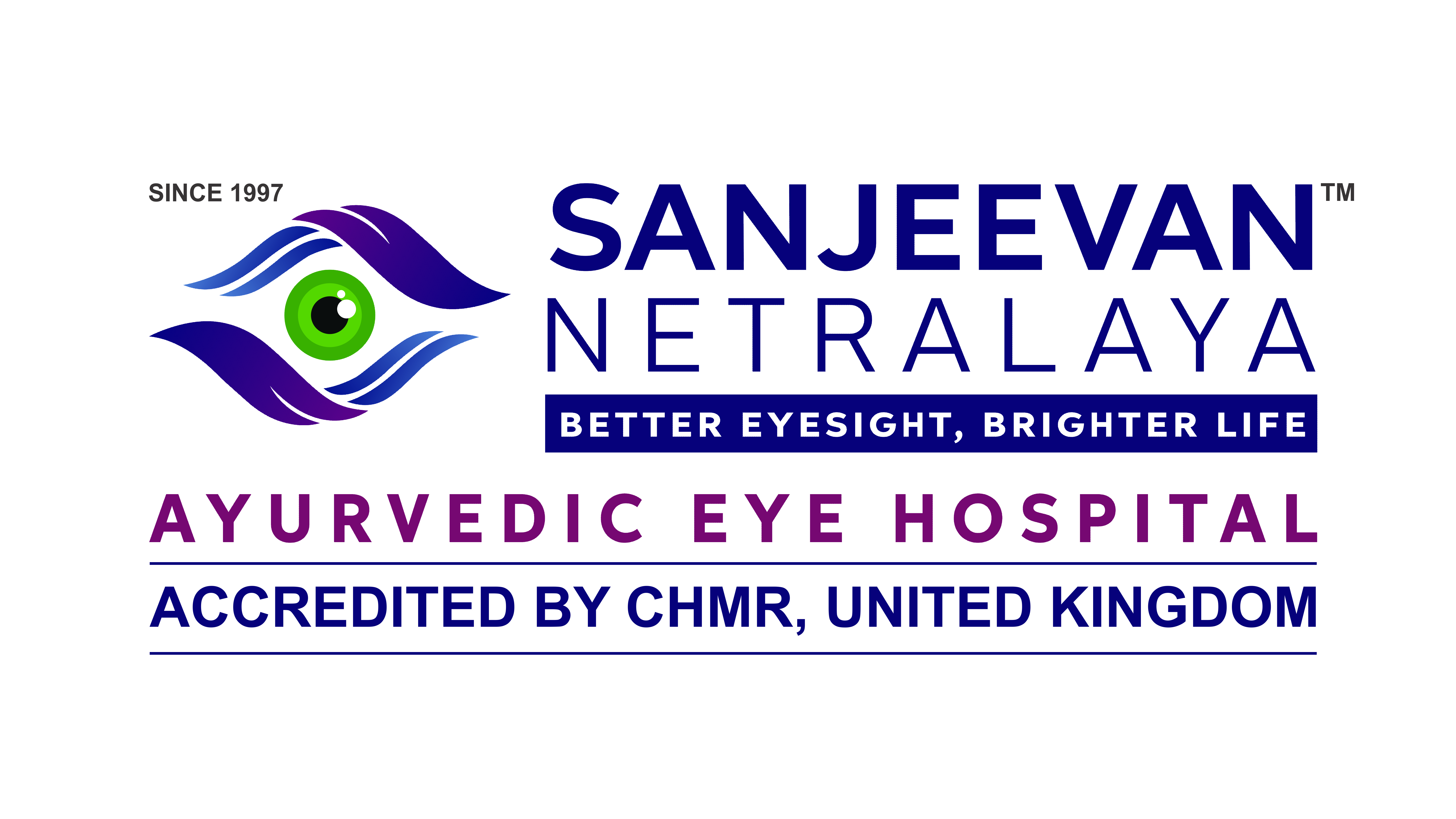- Hiren Suryawanshi
- Aug 14, 2024
- 2 min read
Updated: Sep 26, 2024

CRVO can be categorised into two types:
1. Non-ischemic CRVO: This is a milder form, where the blood vessels in the retina leak.
2. Ischemic CRVO: A more severe form, characterised by reduced or blocked blood flow to the retinal blood vessels.
While most individuals with CRVO experience the milder form, it can progress to the more severe ischemic type if left untreated.
There is also a condition known as Branch Retinal Vein Occlusion (BRVO), which is similar to CRVO but affects the smaller veins in the retina rather than the main vein.

ABOVE IMAGE REPRESENTS VIEW FROM A PATIENT WITH CRVO^
Symptoms of CRVO:
Many individuals with CRVO experience blurred vision. In cases of very mild CRVO, symptoms may be absent. However, more severe CRVO can cause eye pain or redness, difficulty reading, and distorted vision.
Risk Factors for CRVO:
CRVO is more common in adults aged 50 and older. The likelihood of developing CRVO increases if you have the following conditions:
- High blood pressure
- Diabetes
- Glaucoma
- Arteriosclerosis (hardening of the arteries)
Causes of CRVO:
The exact causes of CRVO remain unclear. When the retina doesn't receive adequate blood flow, it also lacks sufficient oxygen, triggering the release of a protein called vascular endothelial growth factor (VEGF). An excess of VEGF can lead to swelling in the retina, known as macular edema.

At Sanjeevan Netralaya Ayurvedic Eye Hospital, Central Retinal Vein Occlusion (CRVO) is treated with great success.
Central Retinal Vein Occlusion (CRVO) Ayurvedic Treatment at Sanjeevan NetralayaAyurvedic Eye Hospital
Central Retinal Vein Occlusion (CRVO) is a serious eye condition where the central vein in the retina becomes blocked, leading to potential vision loss and retinal damage.
At SanjeevanNetralaya Ayurvedic Eye Hospital, we offer specialized Central Retinal Vein Occlusion (CRVO) Ayurvedic Treatment that focuses on improving overall retinal health and restoring vision.
Our CRVO Ayurvedic Treatment is designed to relieve symptoms and enhance the natural healing processes within the eye. By utilizing a combination of traditional Ayurvedic remedies and modern techniques, we work to improve blood circulation in the retina, reduce inflammation, and promote retinal recovery.
At Sanjeevan Netralaya, our experienced Ayurvedic practitioners provide a personalized approach to CRVO Ayurvedic Treatment, tailored to the individual needs of each patient. This holistic treatment plan is crafted to ensure effective outcomes and support vision improvement.
If you are dealing with Central Retinal Vein Occlusion and seeking a comprehensive and natural treatment option, Sanjeevan Netralaya Ayurvedic Eye Hospital is here to help. Contact us to learn more about our CRVO Ayurvedic Treatment and how it can assist in improving and restoring your vision.

